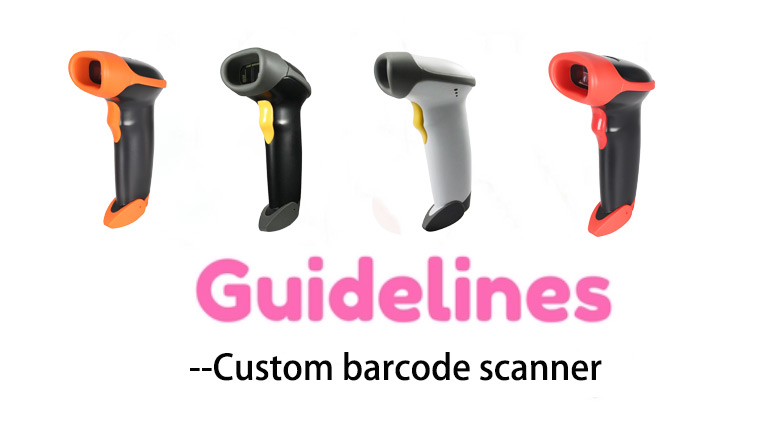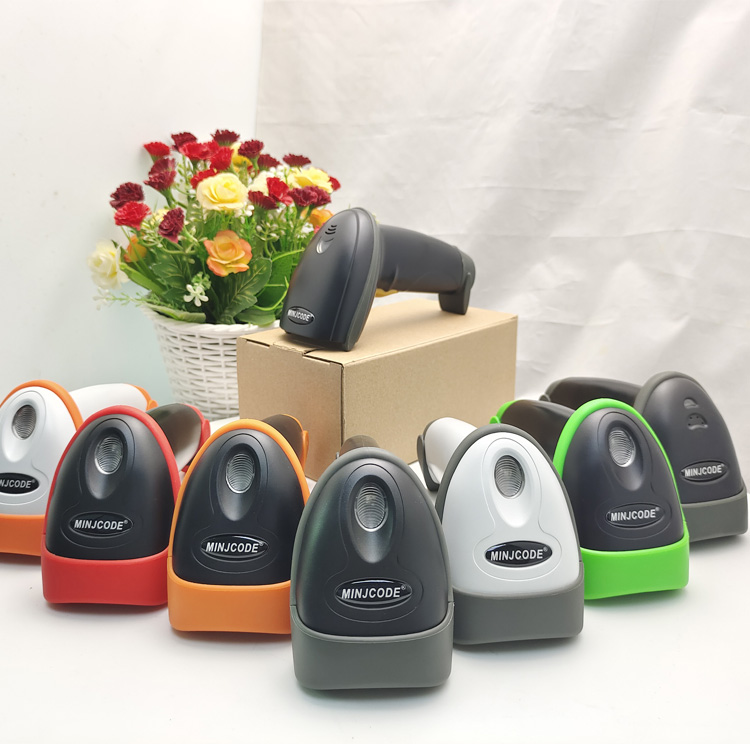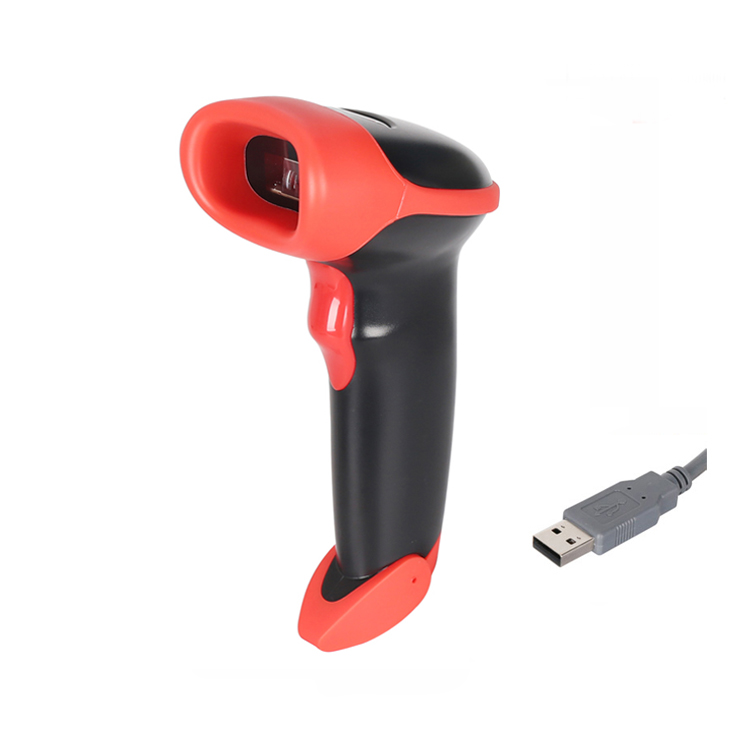This article is a guide to custom barcode scanner design, please be sure to read it carefully to ensure that we can design a barcode scanner that meets your requirements.
Custom Barcode Scanner Design Guide
Designing a barcode scanner device is significantly different than any other electronic or printed product. The following content will help you understand the core elements of custom barcode scanner design by providing you with key points to consider from initial conceptualization to final product production.

Customized Barcode Scanner Design Guidelines
1. Exterior Design
1.1 Ergonomic Considerations
Barcode scanners usually need to be handheld for a long time, so ergonomics must be taken into account in the design. The shape of the scanner should fit in the palm of the hand, and the layout of the buttons should be easy to be operated by fingers. For example, the trigger position of a trigger-type scanner should allow the finger to be placed naturally, and the trigger strength should be moderate. If the shape of the scanner is not reasonable, the user may feel fatigue after a long period of time, thus affecting work efficiency.
1.2 Size and Weight
The size and weight of the scanner directly affect its portability. For scenarios that require frequent movement, such as warehouse inventory and logistics sorting, scanners should be designed to be small and lightweight. However, the design should also ensure that there is enough space to accommodate the necessary components, such as batteries and scanning modules. Find a balance between functional requirements and portability to avoid designing a product that is too large or too heavy, and also to avoid a situation where functionality is compromised by being too small.
2. Scanning Function Design
2.1 Scanning Accuracy and Speed
Scanning accuracy and speed are the core performance indicators of barcode readers. Different application scenarios have different requirements for these two indicators. In medical and financial fields, high precision scanning is required to ensure the accuracy of data; while in express sorting and other scenarios, more attention is paid to scanning speed. In the design, we need to choose the appropriate scanning module, and optimize the scanning algorithm according to the actual application scenarios, in order to meet the corresponding accuracy and speed requirements.
2.2 Scanning range and angle
The scanning range and angle of the scanner is also an important factor that cannot be ignored in the design. Some scenarios require long-distance scanning of barcodes, such as shelf labels in large warehouses, which requires the scanner to have a long scanning distance. In addition, the scanning angle should cover the common barcode paste position, in order to avoid the emergence of scanning dead ends. In the design, according to the actual application scenarios to determine the appropriate scanning range and angle parameters.
If you have any interest or query during the selection or use of any barcode scanner, please Click the link below send your inquiry to our official mail (admin@minj.cn) directly! MINJCODE is committed to the research and development of barcode scanner technology and application equipment, our company has 14 years of industry experience in the professional fields, and has been highly recognized by the majority of customers!
3. Color and material selection
3.1 Color matching
Color not only affects the appearance of the product, but also conveys the product's function and use of the scene information. In industrial scenarios, dirt-resistant and stable colors, such as black and gray, are usually chosen; while in commercial retail scenarios, more lively and eye-catching colors, such as blue and green, can be used. The color combination should be simple and coordinated, avoiding too fancy to enhance the user's visual experience.

3.2 Material Selection
The material of the scanner should take into account durability, drop resistance and feel. ABS+PVC is generally chosen to protect the internal components. For the use environment of frequent dropping, it is recommended to add cushioning material. At the same time, the surface treatment should take into account the hand feeling, such as using frosted treatment to increase friction and prevent the scanner from slipping.
4. Logo design
In barcode scanner design, certain logos work better than others when printed or engraved. Complex lines, color overlays and gradient effects are often difficult to achieve and are usually more appropriate for other types of product packaging. Due to the limitations of the surface material and finish of barcode scanners, simple, bold shapes are often more appropriate for scanner logo designs. Such a design not only ensures clear readability, but also visually impresses the user, thus enhancing brand recognition.
Final Step: Transferring Designs to Production Files
Converting barcode scanner designs to production files typically involves converting vector designs or other design elements into a format suitable for production. This process will be completed by our experienced technical team. Our engineers will use these files to program the production equipment to accurately translate every detail of the design into the final product.
Once the design is complete, we conduct a thorough review to ensure that it meets the required technical specifications and quality standards. Please send us your original design files and PDF models and we will suggest changes to ensure the final product is optimal.
Please contact us for barcode scannner manufacturing services.
Phone: +86 07523251993
E-mail: admin@minj.cn
Official website: https://www.minjcode.com/
If You Are in Business, You May Like
Recommend Reading
Post time: Mar-31-2025




